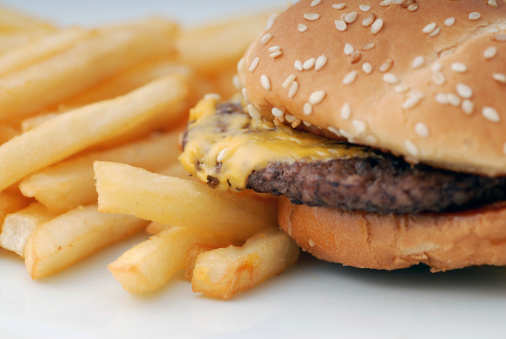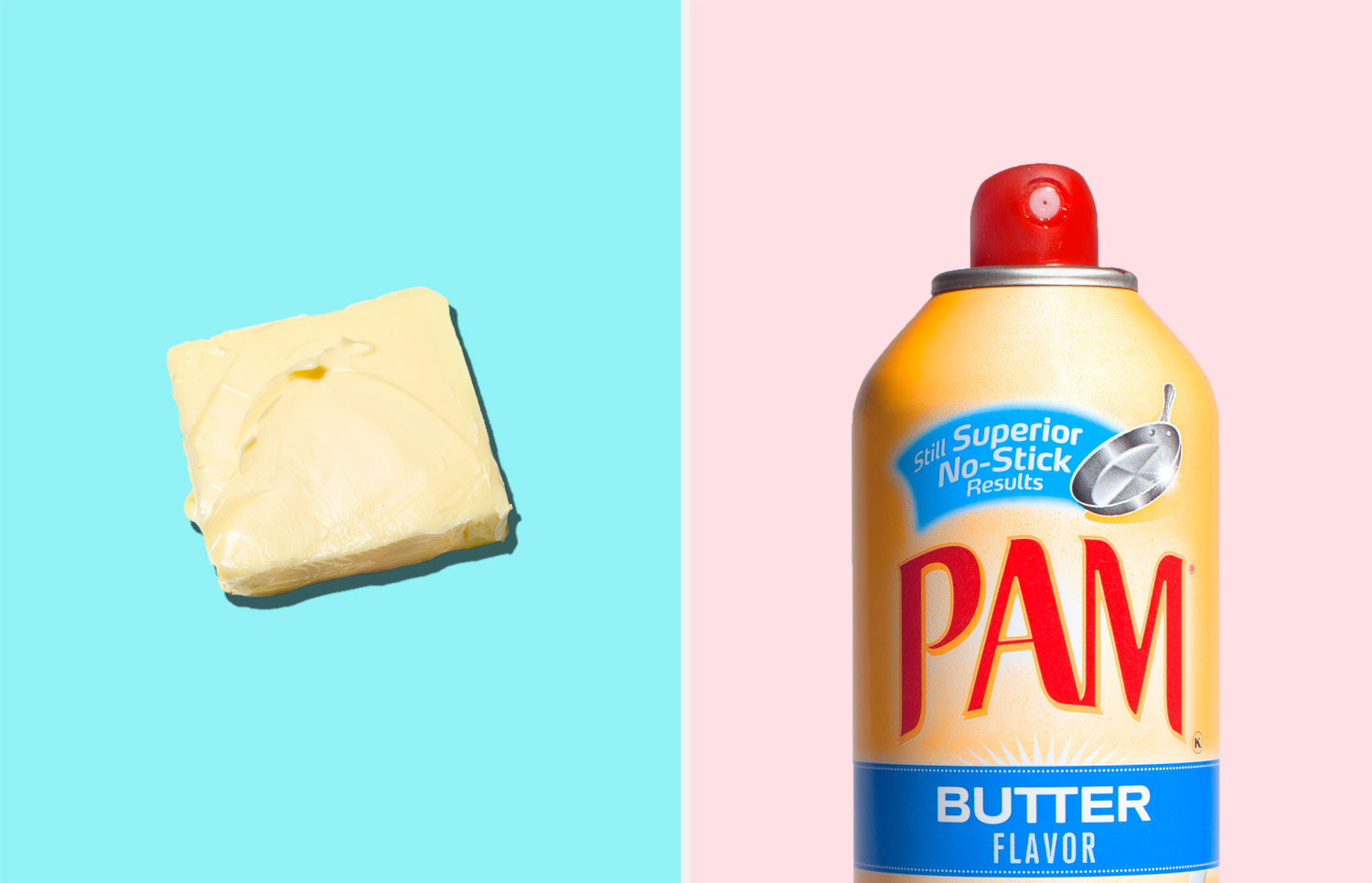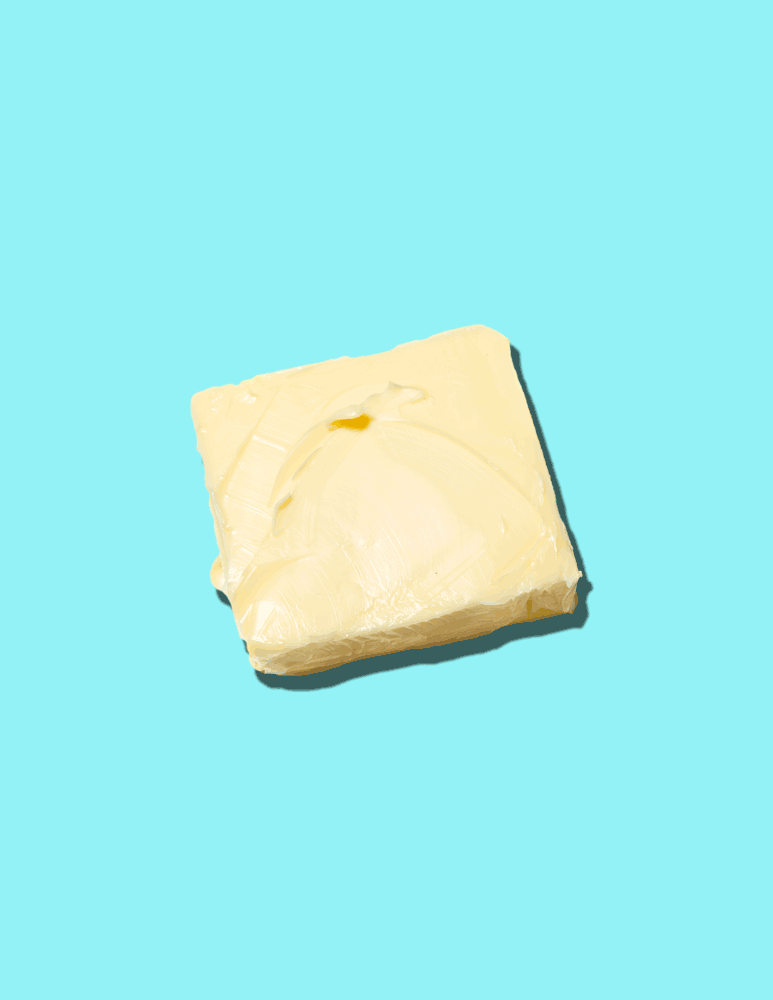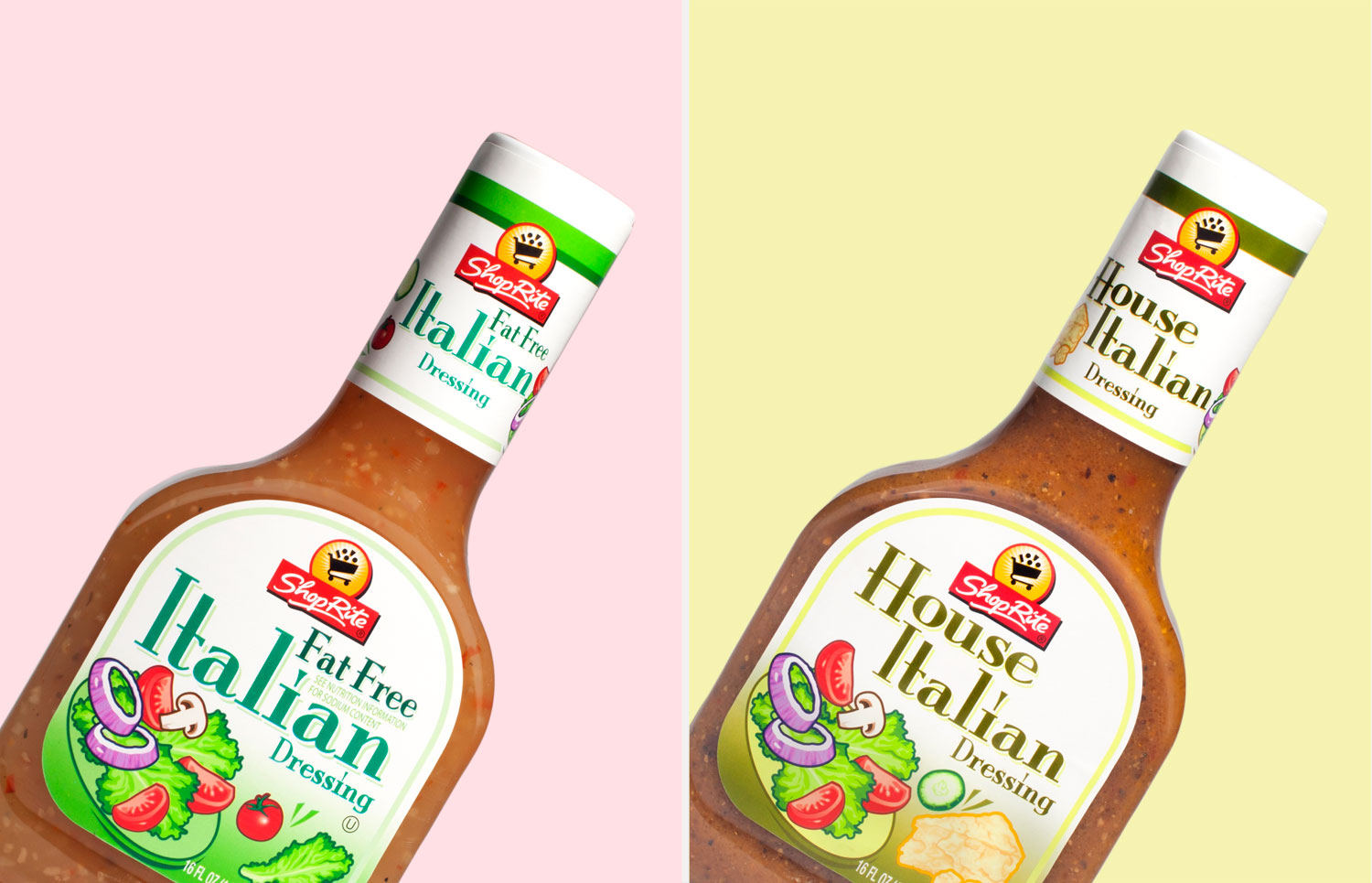
We curse the dimpled cellulite that has settled on our thighs and survey the pudge around our belly with a quick poke and a disapproving eye. But here’s the thing: Fat isn’t just a place where your body dumps extra calories. It’s an organ that can help—or harm—your health. (One type, brown fat, can actually turn your body into a calorie-burning machine!) “Everyone has fat—even Olympic marathon runners,” says Osama Hamdy, MD, medical director of the Obesity Clinical Program at Harvard University’s Joslin Diabetes Center. “Simply put, we need it to survive.” The trick is understanding the difference between the kinds of fat and keeping them in balance with diet, exercise and some plain old common sense. Get ready to go deep.
Fat type No. 1: Subcutaneous fat
Where it is: Directly underneath your skin. Subcutaneous fat can be anywhere: not just in your belly and tush but your arms, legs—even your face.
What it does: In addition to storing energy and providing essential padding for your body, it has another important job: It generates the hormone adiponectin, which helps regulate insulin production. “Paradoxically, the fatter you are, the less adiponectin you produce, which means that your body has trouble regulating insulin, increasing the risk of heart disease and diabetes,” Dr. Hamdy says.
How to blast it off: Cutting calories is crucial for overall weight loss, but getting moving counts, too: Women who walked, cycled or took public transportation to work had about 1.5 percent less body fat than those who drove, according to a U.K. study published this past August. “It’s proof that those little bursts of activity count when it comes to burning fat,” notes Pamela Peeke, MD, author of Body for Life for Women. “Even just walking from the train station or bus to your office can burn on average an extra hundred calories.”
Read more: 11 Reasons Why You’re Not Losing Belly Fat
Already active? Ramp it up. “When you take your workout up a notch, you reach VO2 max—that’s the level of exertion where you have the optimal breakdown of body fat,” Dr. Peeke explains. “It also fools your body into thinking that you’re working out minutes after you’ve stopped, so you’re still burning calories.”
Fat type No. 2: Visceral fat
Where it is: Nestled deep within your belly, where it pads the spaces around your abdominal organs. You can’t feel or grab it.
What it does: Visceral fat has been dubbed “toxic” fat, and for good reason: “It secretes inflammatory proteins called cytokines that affect insulin production and increase inflammation throughout the body, which raises the risk of developing type 2 diabetes and heart disease,” Dr. Hamdy says. You can’t directly measure visceral fat unless you undergo an MRI or a CT scan. The next best thing? Grab a tape measure and wind it around your waist; if your midsection is more than 35 inches, you most likely have too much visceral fat, Dr. Hamdy says. A Mayo Clinic study published last March found that Caucasian women with waist sizes above 37 inches were more likely to die from heart or respiratory disease. Another sign of trouble: Your numbers are off, meaning you’ve got low HDL (good) cholesterol and elevated blood glucose and triglyceride levels. “When a woman who has been lean most of her life gains 10 to 20 pounds at age 40 or so, she may not even be technically overweight, but it’s usually visceral fat that’s adding the extra weight,” explains Caroline Cederquist, MD, a bariatric physician based in Naples, Fla., and author of The MD Factor Diet.
Read more: Fat-Burning Recipe: Blueberry Oat Pancakes With Maple Yogurt
How to blast it off: “To mobilize visceral fat, a balanced diet is essential,” Dr. Cederquist says. “Eat lean protein throughout the day, while controlling your carb and fat intake.” For keeping visceral fat off, cardio is the way to go: A 2011 Duke University study found that regular aerobic exercise—the equivalent of jogging about 12 miles a week at 80 percent max heart rate—was the best workout for losing visceral fat in particular.
QUIZ: Should You Eat This or That?
















Fat type No. 3: Brown fat
Where it is: Mainly around your neck, collarbone and chest. For years, researchers assumed that it was present primarily in infants, helping to keep them warm, and that it gradually disappeared during childhood. But in 2009, studies revealed that some adults still have brown cells.
What it does: This buzzed-about “good” fat becomes metabolically active when we’re exposed to cold temperatures, burning up energy. “Since brown fat is used to generate heat, it burns more calories at rest,” says Ruth Loos, MD, professor of preventive medicine at Mount Sinai Hospital in New York City. Fifty grams (about 4 tablespoons) of brown fat, if maximally stimulated, could torch about 300 calories a day.
How to beef it up: Since brown fat is activated by cold, prepare to shiver. According to a study in Cell Metabolism, folks who spent 10 to 15 minutes in temperatures below 60 degrees produced a hormone called irisin, which appears to make white fat cells act like brown fat; they got a similar boost from an hour of moderate exercise at warmer temps. And keep your thermostat low: An Australian study showed that men who lived in homes set to 66 degrees generated 40 percent more brown fat than when they lived in higher temps.
Read more: 20 Snacks That Burn Fat
More Must-Reads from TIME
- Why Trump’s Message Worked on Latino Men
- What Trump’s Win Could Mean for Housing
- The 100 Must-Read Books of 2024
- Sleep Doctors Share the 1 Tip That’s Changed Their Lives
- Column: Let’s Bring Back Romance
- What It’s Like to Have Long COVID As a Kid
- FX’s Say Nothing Is the Must-Watch Political Thriller of 2024
- Merle Bombardieri Is Helping People Make the Baby Decision
Contact us at letters@time.com